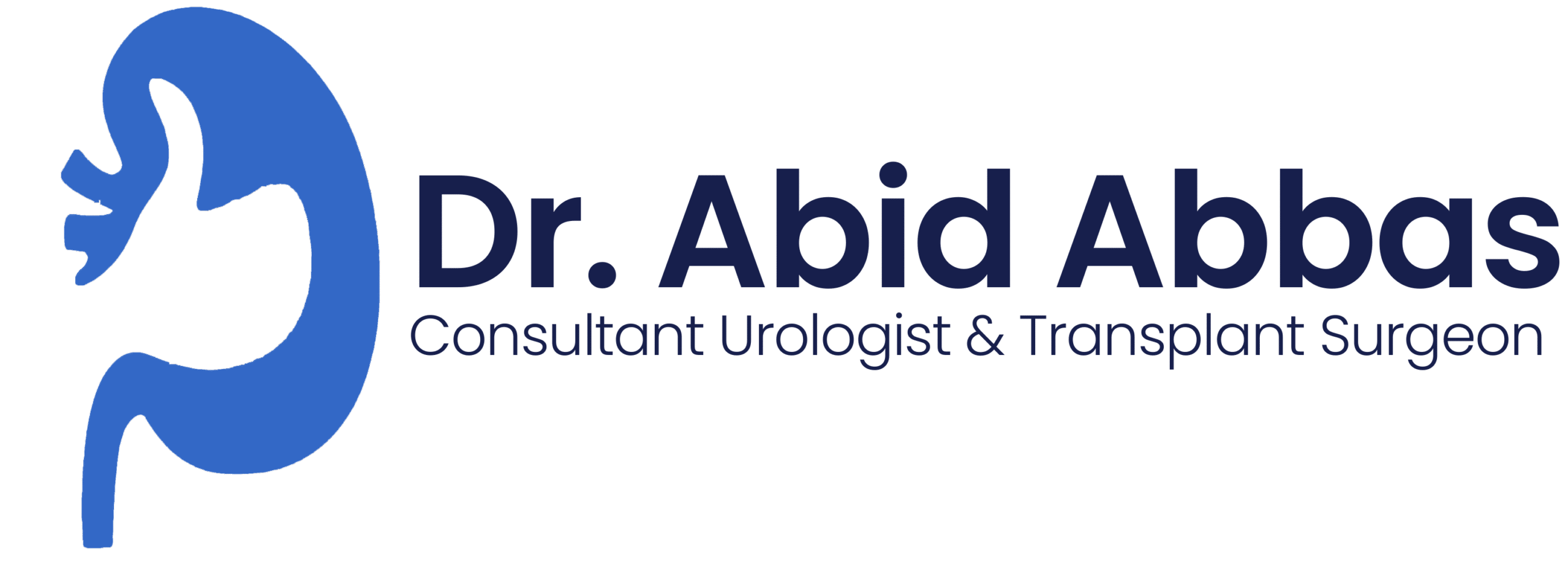A Vital Step in Treating Testicular Cancer
Receiving a diagnosis of testicular cancer can be life-changing—but the good news is, testicular cancer is one of the most treatable cancers, especially when caught early. One of the first and most important steps in treatment is a surgical procedure called a radical orchidectomy.
What Is a Radical Orchidectomy?
A radical orchidectomy is a surgical procedure where one (or rarely both) testicle(s) is removed through an incision in the groin—not the scrotum. This approach helps prevent cancer cells from spreading to surrounding areas.
The removed testicle is then sent to a lab for analysis to determine the type and stage of cancer, which guides any further treatment needed.
Why Is a Radical Orchidectomy Performed?
The most common reason for this surgery is testicular cancer, which is highly treatable, especially when detected early. Other reasons include:
Suspected malignancy (based on ultrasound or tumor markers).
Severe testicular trauma that cannot be repaired.
Torsion with irreversible damage (if blood flow is cut off for too long).
Advanced infection (e.g., abscess or gangrene).
Frequently asked questions
A radical orchidectomy is a life-saving procedure, especially for testicular cancer patients. While the idea of losing a testicle can be daunting, most men recover well and maintain a good quality of life. Early detection and treatment are crucial, so regular self-exams and prompt medical attention for any unusual lumps or pain are essential.
Before the Procedure:
Diagnostic tests (ultrasound, blood tests for tumor markers like AFP, hCG, LDH).
Discussion about fertility preservation (sperm banking may be recommended).
Anesthesia evaluation to determine the best option for you.
During the Procedure:
The surgeon makes a small incision in the groin.
The testicle and spermatic cord are removed to prevent cancer spread.
The wound is closed with dissolvable stitches.
The procedure usually takes 30-60 minutes.
After Surgery (Recovery):
Hospital stay: Often outpatient (home the same day) or a short overnight stay.
Pain management: Mild to moderate discomfort; painkillers are prescribed.
Activity restrictions: Avoid heavy lifting and strenuous exercise for 4-6 weeks.
Follow-up: Regular check-ups, especially if cancer was detected (CT scans, blood tests).
Physical Changes:
Single testicle removal: The remaining testicle usually compensates for hormone and sperm production.
Both testicles removed: Leads to infertility and requires testosterone replacement therapy (TRT).
Emotional and Psychological Impact:
Body image concerns (prosthetic testicles are an option).
Sexual health discussions with a doctor or therapist.
Support groups for testicular cancer survivors.
Fertility Preservation:
Sperm banking before surgery is recommended for men who wish to have children.
Testosterone therapy may be needed if both testicles are removed.
